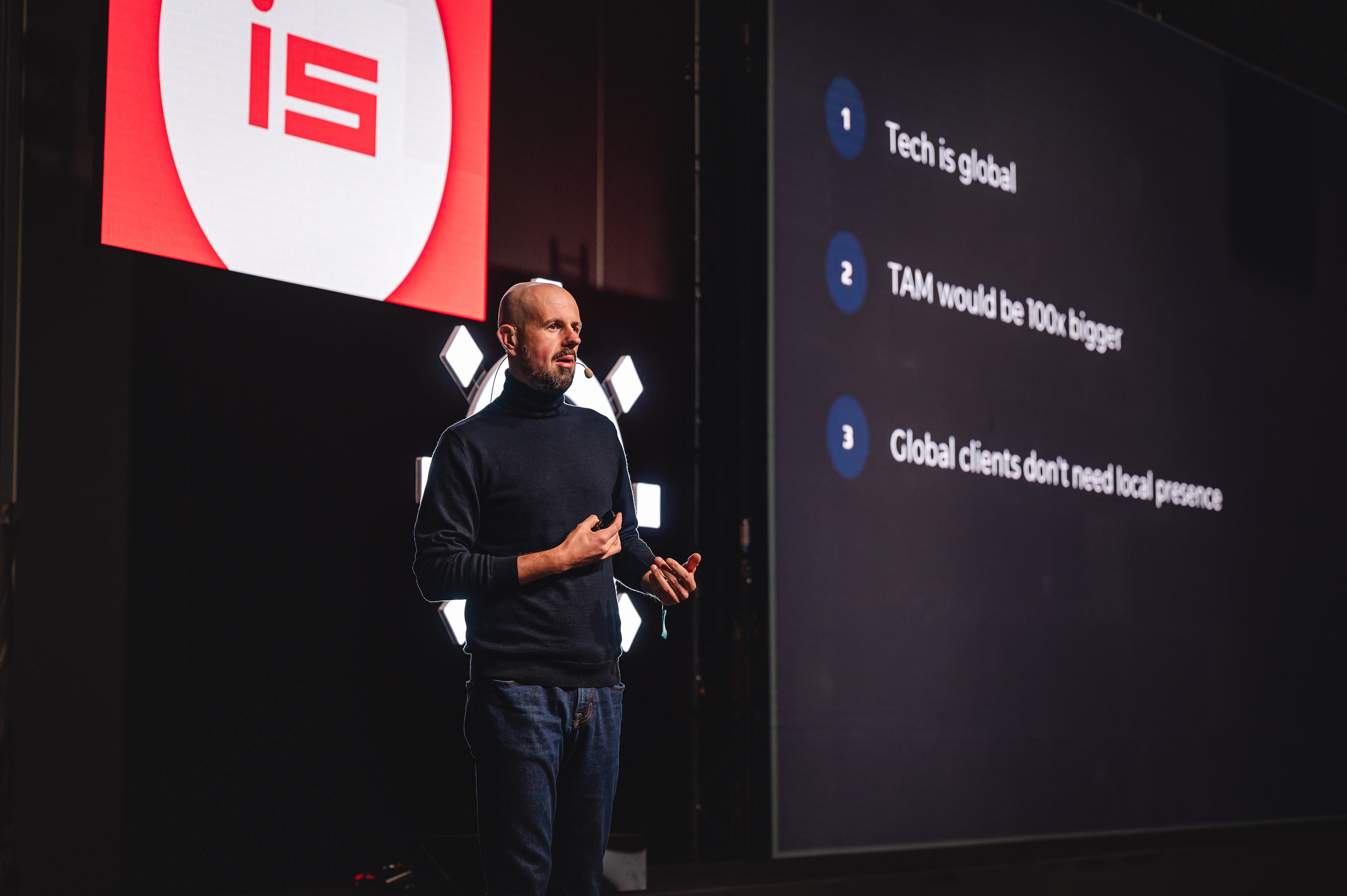Business models
There are at least four main business models for open source products:
- Consulting - the main product is always free; you earn money on added-value services like support and consulting. It does not scale well - you need to add people to make more money; you’re creating your market.
- Open Core - where the core is open-source; there’s a different Enterprise / Pro edition that is closed-source and paid. There’s always a tension on which features to be included in the Open Source to get the first traction vs. which ones are to be licensed to rationalize the cost. A clear value proposition is challenging. Magento was always struggling on this matter, having its Community edition as the most dangerous competitor.
- Cloud - the product is always Open Source, and customers pay for “keeping it up and running” in a SaaS model. It’s great because it makes the product adoption very natural for both: customers and the community, letting the team maintain both: product and community market fit at a very high level. Elastic is a story of fighting a battle between your Cloud product vs. super cloud providers hosting … open source edition of Your product :-)
- Mixed model - MariaDB/BSL License - where the Open Source is under some conditions (e.g., you must pay after some time or after crossing some number of users). The commercial license is embedded in the Open Source license. Sometimes it works like a Trojan Horse - the developers used it, the business must pay for it. However, it more often leads to conflict, limiting the Community Fit of your project.
Note: Github is specifically a massive winner of the Open Source movement. And it’s not Open Source. It’s enterprise SaaS.
Note: Some products - like Docker - created a new category (“containerization”) - quickly filled by the new genre of products like Kubernetes. There’s no discussion - as a business, it was not able to achieve its full potential.
Crafters vs. Users
I think you should make your company/project investable. However, when I’ve spoken with Gabriel Engel of Rocket Chat, he said, you don’t. I mean, they’ve started without a business model - finally getting into hybrid Cloud + Open Core. He said that they’re seeing a bi-polar dissection of the users: African community projects using the chat platform to enable a digital transformation of schools vs. Audi, Deutsche Bahn, and US Department of Defense paying enterprise licenses.
What Gabriel’s saying is that Open Source gives you the innovation and community vibe - these folks won’t buy the software no matter which licensing model you have. On the contrary - enterprise customers need to have something that just works. They’re ok paying for it just for the sake of not owning the software. Owning a thing always comes with a burden of maintenance.
It’s like accessing the Early Adopters and Innovators from Crossing the Chasm with the Open Source while making the real money on the Majority and the late majority. They want to have the thing up and running.
Category power
“Catch the Tornado” is named after Geoffrey A. Moore’s book Inside the Tornado. He also wrote another classic: “Escape Velocity,” where he’s pointing out your company's success is often multiplied by the category you choose to dominate. It seems it works the other way too.
Sasha Vidiborskiy of Atomico told me something like this: look, you need to have at least an idea of how you will make money on your software. I think it means: choose the category wisely. Building Core Infrastructure projects like OpenSSL are probably a huge benefit for the entire INternet but not the best business model. By the way, Sasha made a great post on why and how to build a successful Open Source product.
Services make it more difficult.
Open Source is a model which is naturally adopted by all the crafting parties of the Software ecosystem. System Integrators and agencies are just some of them. They use it; they contribute to it. They sometimes create it. Because it’s like demoing your product in public 24/7 (everyone can try it out of Github) - when the product is good enough, it provides you with virtually free marketing leading to free leads for the expert services. Very Tempting.
Services around your product make the business model murky waters. It makes it way more challenging to get the funding, primarily because of the broken cap table. It’s hard to fix it, but it’s doable.
Marketplaces work great, too.
Github is a multi-vendor, bi-lateral marketplace. Clone or Fork is a transaction, the Pull Request is the transaction as well - done the opposite direction. This is why it works so great for marketing purposes. Open Source without Github is not working that well for products.
There are different marketplaces for software products. The first traction of Shogun was created on Shopify Marketplace. Shogun is great, but it’s not open source. You don’t have to be Open Source to choose the marketplace distribution model. Remember about it.
Shogun is super interesting bc. It’s a kind of developers’ tool - but it’s not open-source while most developers' tools are.
The next episode of the CTO-CTO podcast is just about it - including an interview with Finbarr Taylor, the Shogun founder.

.svg)
.svg)
.svg)
.png)

.svg)
.svg)
.svg)


